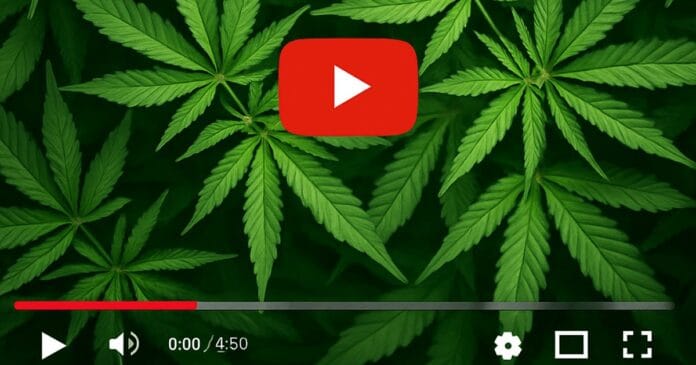YouTube may be an important source of medical cannabis information for many, but the credibility of videos varies widely according to a recently released study.
Researchers from Imperial College London set about evaluating the quality and reliability of medical cannabis information on YouTube, and the relationship to video popularity.
After filtering based on exclusion criteria, a total of 516 videos were analyzed and categorized: nonmedical educational channels (such as news organizations), medical education channels, and independent users. Close to 49% of the videos were from US creators, while a little over 18% were European. Seventeen videos had generated more than a million views.
Only 12.2% of videos were produced by medical professionals, with most videos (84.3%) from independent organizations.
The content quality was then assessed using the DISCERN grade – a quality grading for written consumer health information – and the Health on the Net (HON) code; a set of ethical principles and guidelines for health information websites.
The researchers found independent users attract the highest numbers of viewers, but these YouTube videos had reduced reliability; while educational channels received the least engagement but had increased reliability. Educational (nonmedical) videos demonstrated the highest standards.
However, overall average DISCERN score across all YouTube videos was 34.63. Given it’s an 80-point scale, this suggests generally poor reliability.
YouTube’s algorithms favour engagement metrics over accuracy and this potentially amplifies misinformation and disinformation. And while community guidelines are meant to discourage it, such content proliferates.
“The weak correlation between views and content quality emphasizes the need for content moderation to ensure that the most reliable and accurate information on health issues is widely disseminated,” state the authors of the study.
The researchers note YouTube has initiatives in place designed to help improve the reach of content produced by accredited health care professionals. However, medical sources often use technical language more suited to academic audiences.
“It is also important that this content continues to be as engaging and meets viewers at their level for effective dissemination of health information on this particular social media platform.”
The study has been published in the Journal of Medical Internet Research (JMIR).


